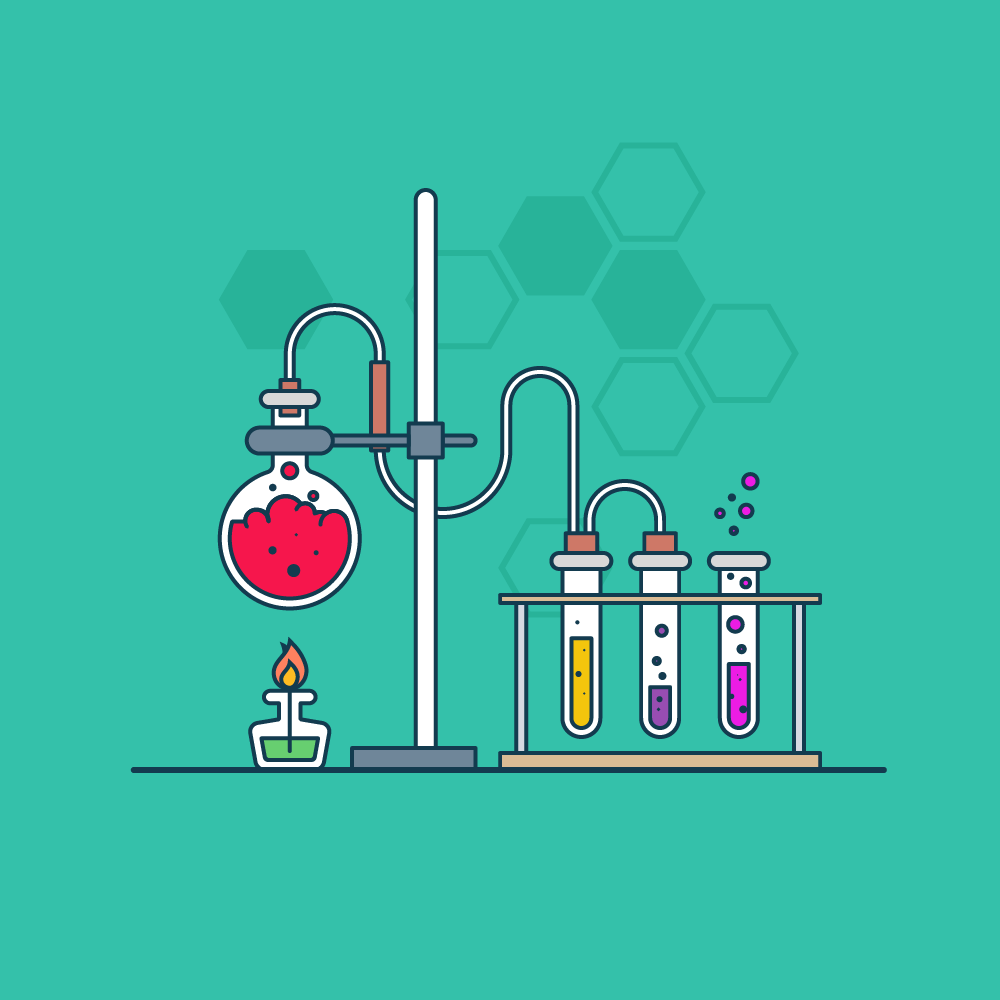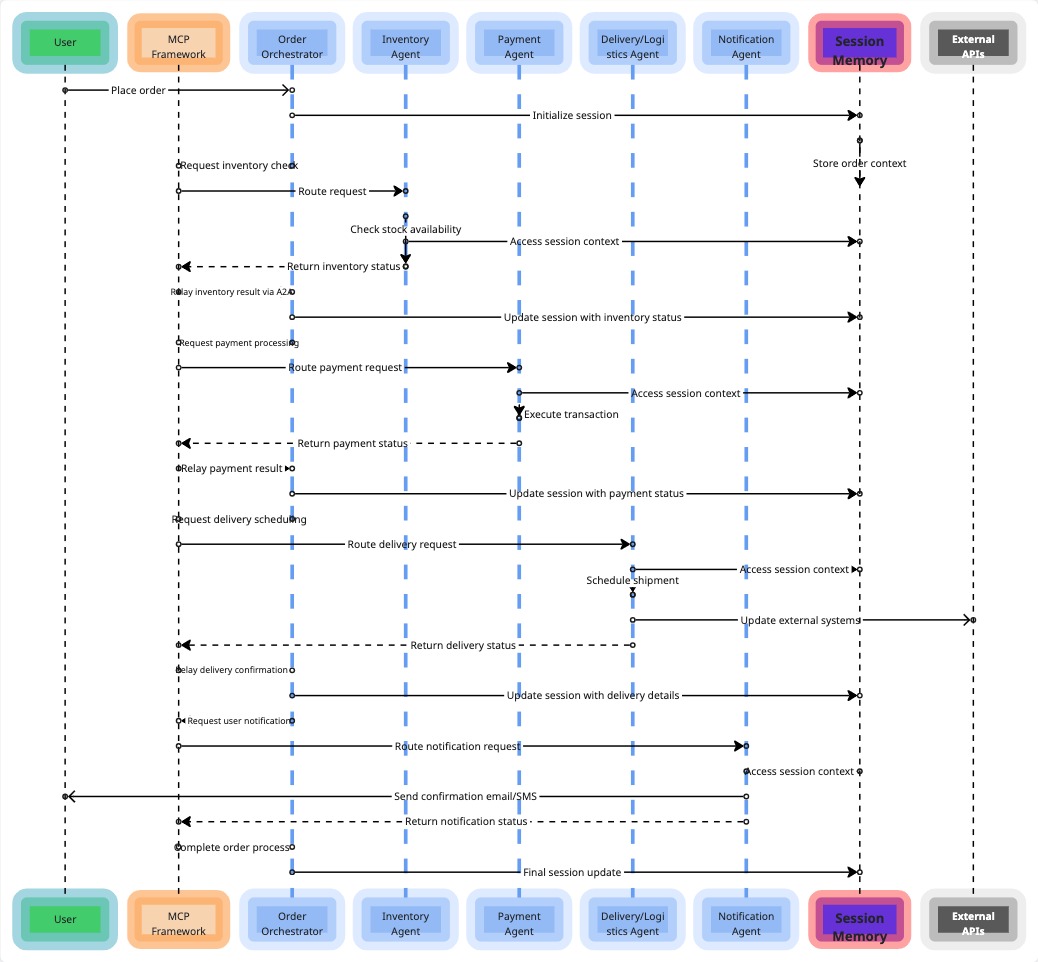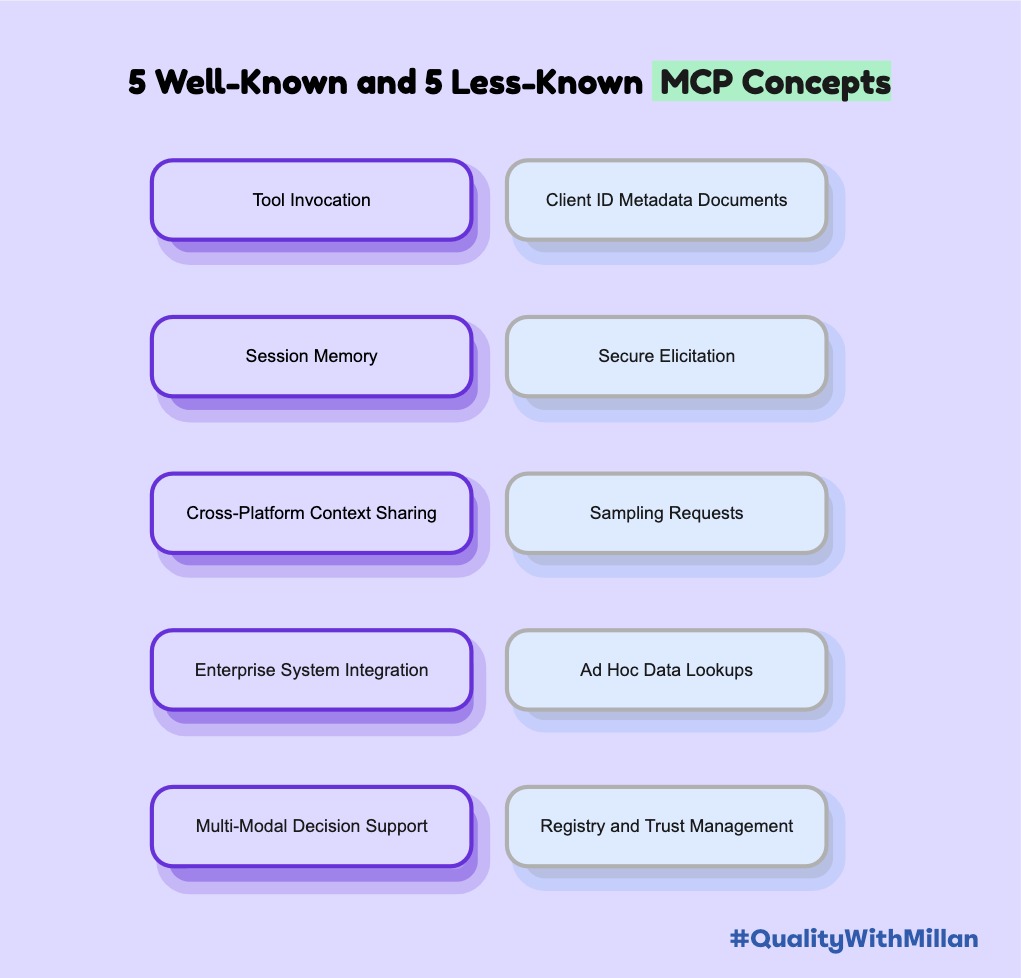Exploratory Testing 🔎 + Automation ⚙️
Written by - Millan Kaul
Exploratory testing is a type of testing where the tester actively explores the application while testing it.
🎯 The goal of exploratory testing is to find as many defects as possible in the shortest amount of time. When combined with a test automation tool, exploratory testing can become a great win for organizations by providing a more comprehensive and efficient testing process..

🙌 Some tips and tricks for effective exploratory testing include:
🔷 Start with a clear understanding of the requirements and goals of the application.
🔷 Test the application from the perspective of the end user.
🔷 Use a checklist of common defects and potential issues to guide your testing.
🔷 Take detailed notes and document any defects or issues that you find.
🔷 Use test automation to quickly and thoroughly test any scenarios that you have identified during exploratory testing.
combining exploratory testing with test automation can be a highly effective way to improve the testing process for organizations.
↘️ Here are a few ways that exploratory testing can complement test automation:
🤝 Identifying edge cases and potential issues: Exploratory testing allows testers to actively explore the application and identify scenarios and edge cases that may not have been considered during the design and development phase. These scenarios can then be automated and added to the test suite to ensure that they are thoroughly tested in the future.
🤝 Finding defects early in the development cycle: Exploratory testing is often done early in the development cycle, when the application is still in the prototype or alpha stages. By finding defects early on, organizations can save time and resources by addressing issues before they become more difficult and expensive to fix.
🤝 Improving test coverage: Automated testing is typically focused on testing specific scenarios, while exploratory testing allows testers to test the application more holistically. By combining these two approaches, organizations can improve test coverage and identify a wider range of defects in their applications.
🤝 Enhancing Human testing: Test automation tools can be repetitive and lack of creativity, exploratory testing can help testers to think out of the box, take different approach and test the application with different mindset, this can identify defects that automated testing might have missed.
🤝 Cost and time-effective: By using exploratory testing to identify potential issues and edge cases, organizations can save time and resources by automating only the most important and relevant scenarios. This can reduce the costs associated with testing and improve the overall efficiency of the testing process.
Let’s take a use case of a mobile banking apps:
As banks and financial institutions are increasingly using mobile apps to provide customers with easy access to their accounts and services.
⭐ Exploratory testing can be used to identify potential issues with the user interface and functionality of these apps, while test automation can be used to thoroughly test the apps across a wide range of devices and platforms.
⭐ Online payments: Online payment systems are becoming increasingly popular, and it’s crucial that these systems are thoroughly tested to ensure the security and reliability of transactions. Exploratory testing can be used to identify potential security vulnerabilities, while test automation can be used to test the system’s ability to handle large numbers of transactions and different types of payments.
⭐ Fraud detection: Financial institutions use sophisticated fraud detection systems to protect their customers from fraudulent transactions. Exploratory testing can be used to identify potential issues with these systems, while test automation can be used to test the system’s ability to detect fraudulent transactions in a timely and accurate manner.
⭐ Compliance testing: Banks and financial institutions are subject to a wide range of regulations and standards. Exploratory testing can be used to identify potential compliance issues, while test automation can be used to ensure that the institution’s systems and processes meet these regulations and standards.
⭐ Automated testing of APIs: Banks and financial institutions use APIs to connect different systems and services, such as online banking, mobile banking, and payment gateways. Exploratory testing can be used to identify potential issues with the APIs, while test automation can be used to thoroughly test the APIs for functionality and security.
☝️ These are just a few examples of how exploratory testing combined with test automation can be used in the banking and payments industry to improve the testing process and ensure the reliability and security of systems and transactions.
Conclusion ✍️
Overall, combining exploratory testing with test automation can help organizations improve their testing process by providing a more comprehensive and efficient approach to identifying and fixing defects in their applications.




